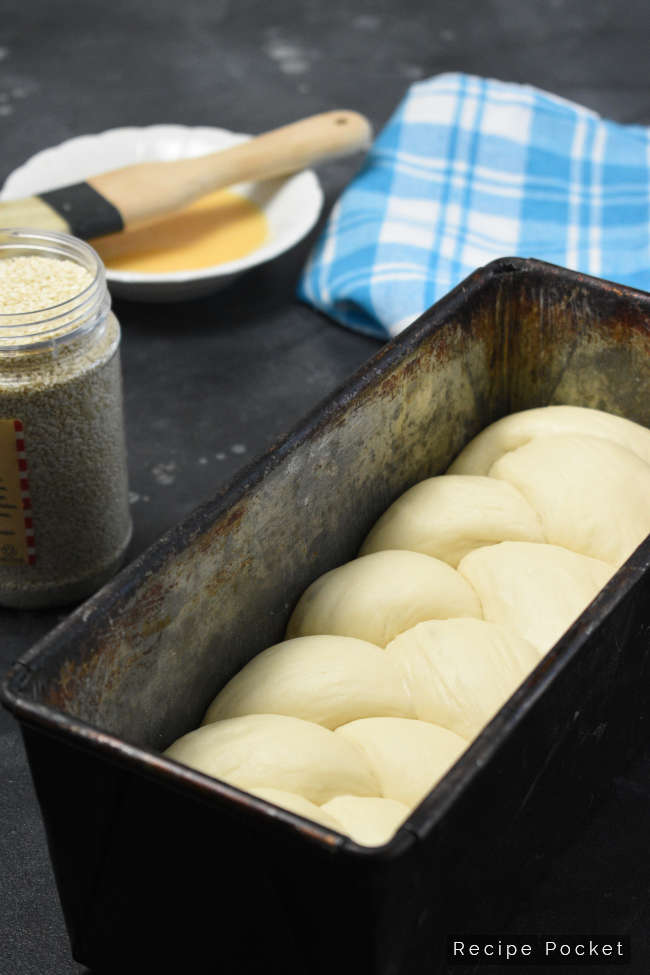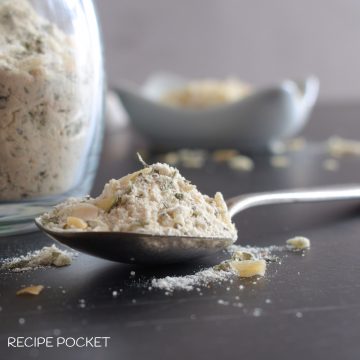Why is my bread dense and heavy? This is a question asked by many first-time bakers. Unfortunately, it can be a hard question to answer.

Why Is My Bread Dense and Heavy?
There are so many things to consider when making bread in order to bake the perfect loaf.
In bread making everything is connected and if one thing changes, the whole thing could turn out a disaster.
So, if you are looking for answers on how to make bread lighter, take the following into consideration when making your next loaf.
1. Accurately Measure Ingredients
For accuracy weigh all ingredients, including liquids rather than using cup measures, especially when it comes to dry ingredients.
For example, When weighing flour into a cup, it could be lightly spooned into the cup to give you 100 grams or, it could be packed into the cup and to give you 130 grams, - a difference like these can make a huge difference on how the recipe turns out.
2. Yeast Must Be Alive
The yeast used must be alive and active. It’s the gases produced from active yeast that help give the bread its rise - by creating air pockets in the dough.
Before adding the yeast in with the rest of the ingredients. Mix the required quantity of yeast, with some of the liquid and sugar on the ingredient list into a small bowl. Allow to stand for five to ten minutes, if it’s bubbly and frothy it’s alive and can be added to the rest of the ingredients.
If there is very little activity or none at all, the yeast is either very old or dead and should not be used. It will not work the way it should and will produce dense and heavy bread. You might also like to read this article, how to use instant yeast.
3. Use Liquids At The Correct Temperature
When dissolving the yeast in a liquid make sure that it is warm and not hot. Hot water will kill the yeast, make sure the liquid is blood temperature.
If in doubt use a liquid at room temperature, it will take a little longer for the yeast to become active however, there is no chance of accidentally killing it.
4. Don't Add Too Much Salt
Too much salt will inhibit the action of the yeast. You may have accidentally doubled the quantity of salt or added extra salty ingredients not listed in the recipe such as bacon, feta or salted nuts.
5. Add A Sugar
As a general rule most bread doughs require sugar so, don’t skip the sugar if the recipe calls for it. Sugar feeds the yeast and helps it to grow and produce carbon dioxide which makes the bread rise. It also helps to improve the flavor of the bread.
Usually, a small quantity of sugar is needed, and it can be in the form of white sugar, brown sugar, honey, corn syrup, fruit juices or molasses.
Don’t use artificial sweeteners because the yeast will not thrive on these.
6. Get The Right Water Ratio
You don’t want a dough that is too wet or dry as this can also lead to dense and heavy bread.
Flour absorbs liquid differently due to climatic conditions as well as flour types. So, use the liquid measure in the recipe as a guide only.
When adding liquid to the dough hold back about ¼ cup of liquid.
Gradually add more liquid to the dough after about 2-3 minutes of kneading and only if the dough looks too dry. Add only enough of the reserved liquid to form a soft dough ball that is slightly sticky. As you continue to knead it should remain soft and start to look smooth and will become less sticky.
7. Choose The Right Flour
Heavy flours like whole wheat or rye will produce a heavy dense bread. If you wanted to use these and still want light bread, replace about two-thirds of the heavy flour with white bakers’ flour.
8. Not Kneading The Dough For Long Enough
Kneading the dough is the most important part of bread making, it forms the gluten in bread. The gluten along with the gasses produced by the yeast form little pockets of air in the dough which cause it to rise.
If the dough is not kneaded for long enough the gluten doesn’t form properly and won’t act the way it should, resulting in a heavy and dense bread.
It will take about 10 minutes of hand kneading, or 5-8 minutes at low/medium speed in a stand mixer to correctly knead the dough.
9. Over Kneading
Just like under kneading dough, over kneading can also cause dense and heavy bread. Over kneading, dough will weaken the gluten structure making it hard to form air pockets in the dough.
If you are hand kneading, over kneading will not be an issue. However, if you are kneading in a stand mixer, you can easily over-knead bread dough.
If kneading dough in a stand mixer, check the dough every 2-3 minutes to see if it will pass the windowpane test. Not sure what the windowpane test is, read my article “Kneading Dough In A Mixer”.
10. Over Proofing The Dough
Letting the dough rise too long can also lead to dense and heavy bread. Over-proofing will overstretch the gluten structure which causes the air pockets to pop, giving a dense crumb when baked. The dough should only just double in size before placing in the oven, where it will rise some more. You can read about over-proofed dough here.
I hope that this answers your question "Why is my bread dense and heavy?" If you think I have missed out on any please let me know in the comments below.





RosaM says
Thank you so much for great info. Now I know why, even though my bread is delicious, it is a little heavy.
Harriet says
You are welcome.